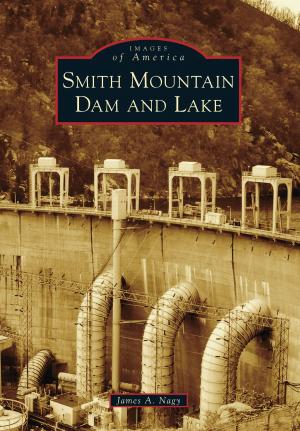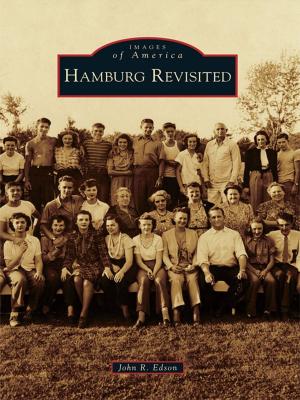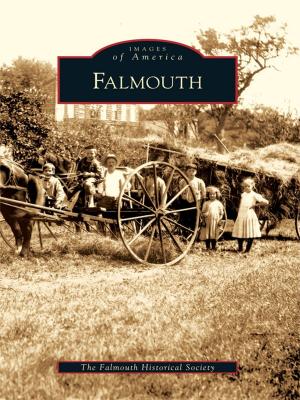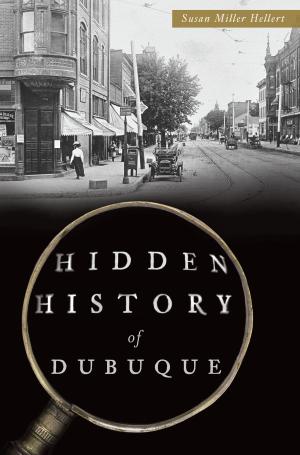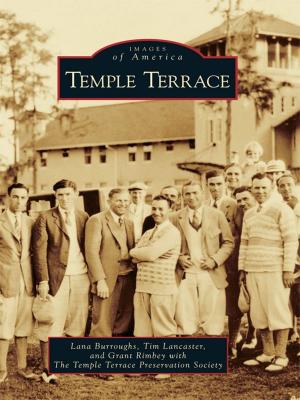Camp Tyson
Nonfiction, History, Military, Pictorial, Travel, Museums, Tours, & Points of Interest, United States| Author: | Shannon McFarlin | ISBN: | 9781439659281 |
| Publisher: | Arcadia Publishing Inc. | Publication: | January 23, 2017 |
| Imprint: | Arcadia Publishing | Language: | English |
| Author: | Shannon McFarlin |
| ISBN: | 9781439659281 |
| Publisher: | Arcadia Publishing Inc. |
| Publication: | January 23, 2017 |
| Imprint: | Arcadia Publishing |
| Language: | English |
In 1941, Paris, Tennessee, became the home of Camp Tyson. The 2,000-acre camp named for Knoxville World War I veteran Brig. Gen. Lawrence Tyson was built by some 800 laborers and consisted of 450 buildings including barracks, a hospital, and a theater. Over the course of World War II, the camp grew to about 6,000 acres in size and served as a training ground for as many as 25,000 servicemen, as well as a POW camp for many Germans and Italian prisoners. At Camp Tyson, soldiers trained to construct, maintain, and operate barrage balloons. These balloons were successfully used to provide anti-aircraft protection during World War I and again in World War II with the help of those trained in Henry County. However, the atomic bomb made barrage balloons obsolete, and after the war, Camp Tyson was decommissioned.
In 1941, Paris, Tennessee, became the home of Camp Tyson. The 2,000-acre camp named for Knoxville World War I veteran Brig. Gen. Lawrence Tyson was built by some 800 laborers and consisted of 450 buildings including barracks, a hospital, and a theater. Over the course of World War II, the camp grew to about 6,000 acres in size and served as a training ground for as many as 25,000 servicemen, as well as a POW camp for many Germans and Italian prisoners. At Camp Tyson, soldiers trained to construct, maintain, and operate barrage balloons. These balloons were successfully used to provide anti-aircraft protection during World War I and again in World War II with the help of those trained in Henry County. However, the atomic bomb made barrage balloons obsolete, and after the war, Camp Tyson was decommissioned.






